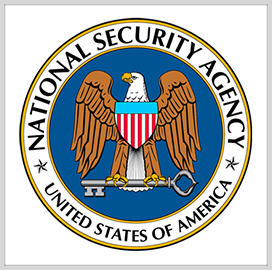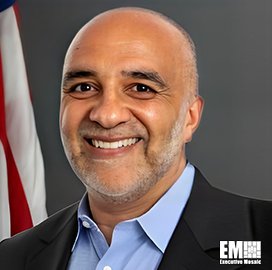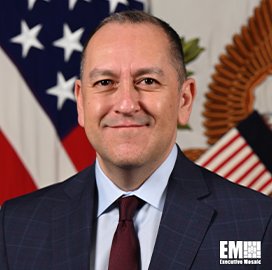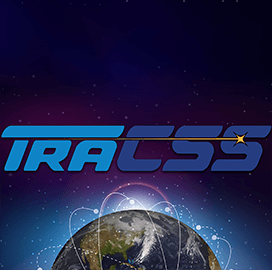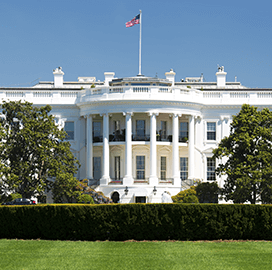The Department of Labor has published guidance to ensure that artificial intelligence development and deployment in the workplace preserve job quality and support worker well-being. The AI Best Practices serves as a comprehensive roadmap designed for technology developers and employers, the department said Wednesday.
The document is in line with the department’s AI and Worker Well-being: Principles for Developers and Employers, released in May. Both guidelines are developed in compliance with President Joe Biden’s Oct. 30 Executive Order on the Safe, Secure and Trustworthy Development and Use of AI.
AI Best Practices for the Workplace
The newly published document identifies strategies that enable businesses to benefit from AI without violating worker rights. Some of the strategies outlined are providing AI training, being transparent on the technology’s employment in the workplace, maintaining human oversight on important employment decisions and securing worker data.
“These Best Practices provide a roadmap for responsible AI in the workplace, helping businesses harness these technologies while proactively supporting and valuing their workers,” commented Acting Labor Secretary Julie Su. “As we embrace the opportunities that AI can offer, we must ensure workers are lifted up, not left behind.”
The document follows the AI and Inclusive Hiring Framework developed by the Office of Disability Employment Policy and the Partnership on Employment & Accessible Technology to prevent employment discrimination in the hiring process.




